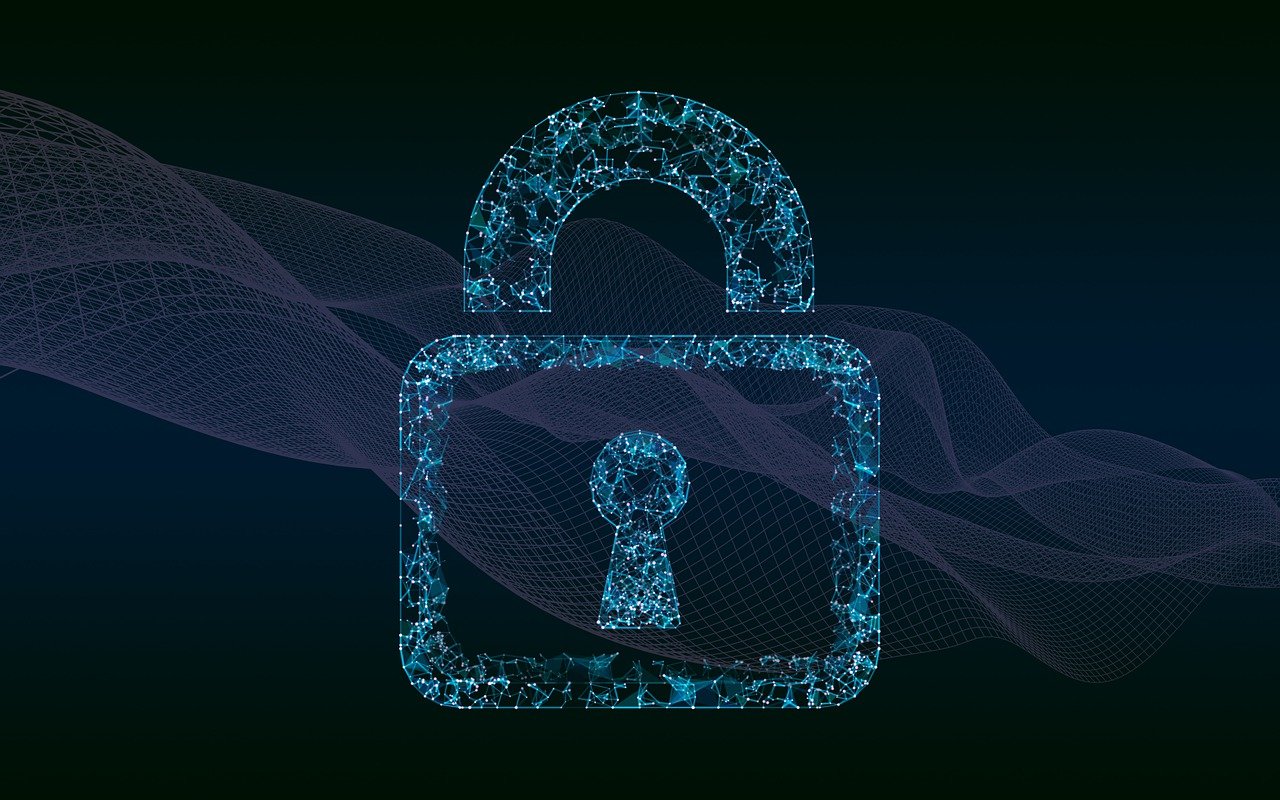
Hackers not only compromise your privacy, but they can also affect your wallet. Recovery of lost information, replacing broken equipment, or updating software may be very expensive. The article discusses the effects of cyberattacks on personal budgets, which people often underestimate, and how they can prepare for such costs.
Hidden Financial Losses of Cyberattacks
Cyberattacks can lead to significant financial losses, often exceeding the initial financial theft. According to Javelin Strategy, U.S. consumers lost $27.2 billion to identity fraud in 2024. These expenses often stretch far beyond legal fees. The cost of restoring your credit, lost wages due to time spent on recovery, and the long-term impact of decreased creditworthiness add up quickly and can be far greater than the amount stolen. Here are some unforeseen costs you are likely to face.
Device and Data Recovery Expenses
In case of the personal devices being compromised, users can encounter several unforeseen expenses related to restoring and replacing them. These costs can quickly become overwhelming, especially for people without an emergency fund. They can include:
- Data recovery services can cost hundreds or even thousands, depending on the level of damage.
- Reinstallation of programs and license renewal, especially when critical security or productivity programs need to be reinstalled.
- Hardware replacement when laptops, routers, and storage devices are beyond repair.
Ransom Payments
Ransom payments are sums of money, typically in cryptocurrency, paid to hackers to regain access to systems or prevent the release of stolen data after a cyberattack. Law enforcement agencies like the FBI strongly advise against paying ransoms, but some organizations still do so to recover stolen data or systems. This leads to significant financial flows to criminals.
Legal and Regulatory Costs
Cyberattacks can lead to additional legal costs to enforce your rights and get compensation. Additionally, identity restoration costs may include credit monitoring charges, legal fees, and other fees required to restore your financial standing.
Credit Restoration Costs
Identity theft often leads to a drop in your credit score due to various credit activities on your behalf. Although you can dispute illegal credit records with credit bureaus and remove them if you can prove they are not yours, this can still affect your creditworthiness. It can take you years to recover your credit history, while it will also lead to higher interest rates on new loans and credit cards.
How to Stay Financially Safe
Proactivity can go a long way in minimizing the financial risk of cyberattacks. A digital safety plan must include:
- Frequent data backup: Have cloud and offline backups to recover quickly and lose minimal data.
- Cybersecurity insurance: Look for coverage that helps with restoration, legal fees, and investigation costs.
- Emergency savings: Set aside a small amount of money specifically for any emergency.
- Continuous security training: Keep abreast of phishing, scams, and software vulnerabilities by using trusted sources.
How to Find Reliable Help When Costs Pile Up
Cyberattacks may leave a person facing unforeseen costs, such as hardware replacement, security software renewal, or data recovery. To many victims, these unexpected expenses come at the worst possible time, just as money is tight.
If you are in such a situation, look into practical tips for handling emergencies, which provide guidance on safe and responsible ways to manage urgent financial needs. These lessons can help you address short-term financial issues prudently without jeopardizing your long-term stability.
Smart Takeaways for Financial and Digital Resilience
Cyberattacks are very costly in terms of money and far beyond privacy issues. Knowing the full scope of possible costs, including hardware replacement, identity and credit restoration, and data recovery, can be the difference between reducing long-term damage.
With good cybersecurity behaviors and financial readiness, you will be able to safeguard your digital and financial health. The secrets of remaining safe and solvent in the digital era are a well-secured system, frequent backups, and a good emergency plan.
Featured Image by Pixabay.
Share this post
Leave a comment
All comments are moderated. Spammy and bot submitted comments are deleted. Please submit the comments that are helpful to others, and we'll approve your comments. A comment that includes outbound link will only be approved if the content is relevant to the topic, and has some value to our readers.

Comments (0)
No comment